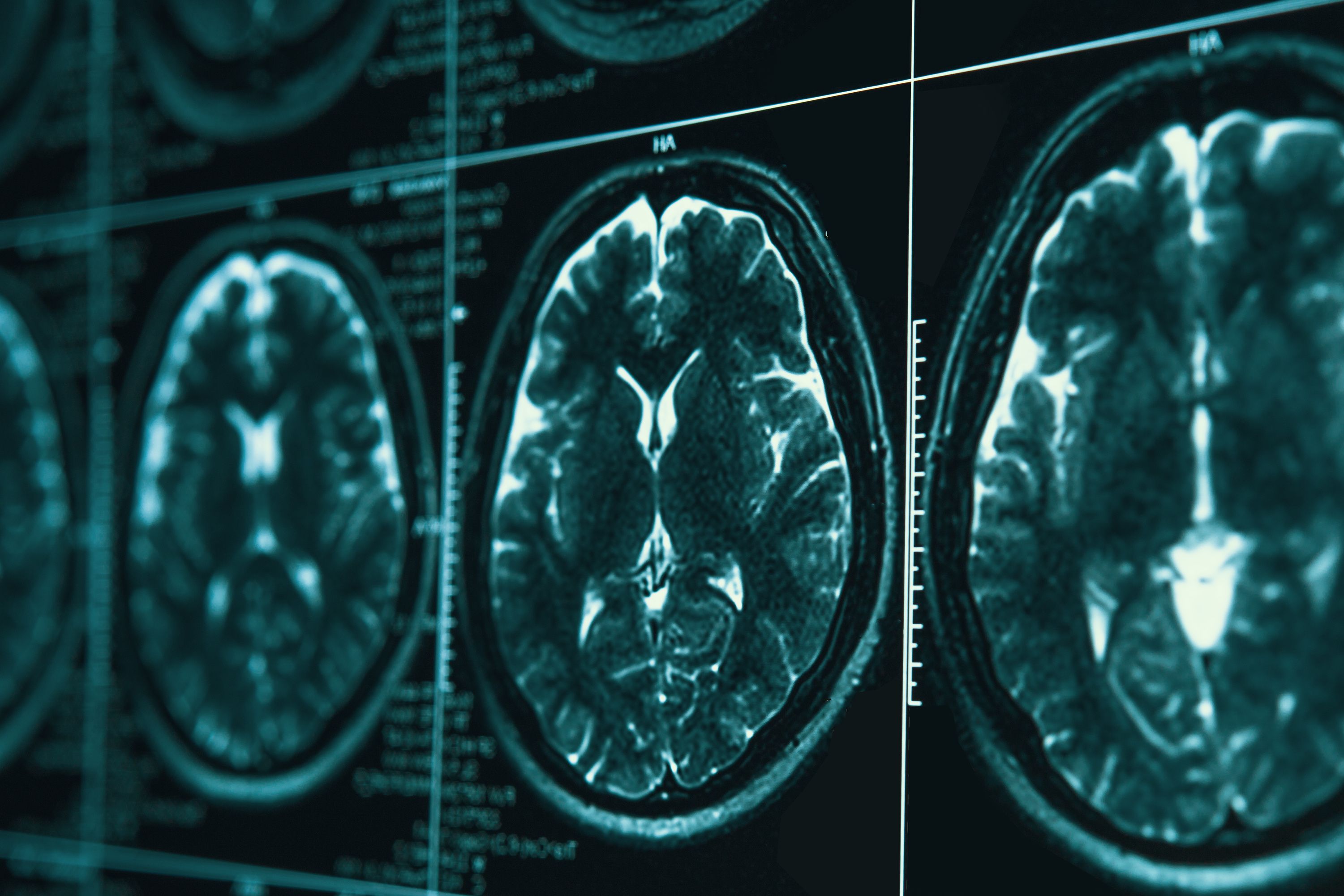News
Article
New Biomarker Shows Potential in Therapeutic Development for Alzheimer Disease
Author(s):
Investigators analyzed the effects of harmful accumulation of HDAC6 in the brains of mouse models with Alzheimer disease to determine any changes in disease progression.
Histone deacetylase 6 (HDAC6), an epigenetic regulator, has been found to be over-expressed in the brains of patients with Alzheimer disease (AD), according to results of a study published in Advanced Science.1,2 The findings demonstrated that HDAC6 was closely related to amyloid and tau pathology, which are associated with AD.1
DedMityay - stock.adobe.com

Investigators stated that it is unclear whether the amyloid deposits change with the elevation of HDAC6 expression as AD progresses or if HDAC6 regulates the neuroinflammation and changes in AD.1
“We continue to lack effective and safe treatments that can prevent, stop, or reverse AD progression largely due to the complex etiology of AD,” Can (Martin) Zhang, MD, PhD, an investigator at the McCance Center for Brain Health at Massachusetts General Hospital, said in a press release. “Collective data suggest that we need new angles and alternative approaches.”1
Investigators from the Massachusetts General Hospital used chemical and biological studies to determine the role HDAC6 plays in AD and how new potential therapeutics inhibiting the activity could reduce the pathology of the disease, according to the press release.1
HDAC6 controls cell proliferation, immune response, stress response, neurological changes, and more. Dysfunctional HDAC6 can cause abnormal cell responses, linking it to cancer and neurodegenerative diseases. Currently, drugs inhibiting HDAC6 are being evaluated in clinical trials as treatments for cancer, according to the press release.1
In the study, investigators analyzed the effects of harmful accumulation of HDAC6 in the brains of mouse models to determine any changes in disease progression in early stages. They found that an HDAC6 inhibitor, PB118, cleared amyloid beta deposits in various mechanisms. It reduced amyloid beta production, increased the uptake of amyloid beta from the brain, and improved the network disrupted in AD that regulates cytokines and chemokines of inflammation. Furthermore, investigations found the inhibitor significantly reduced tau phosphorylation.1
“In this work, we have seen both amyloid deposits and HDAC6 levels become elevated in mouse models of AD as the mice age, suggesting both factors may combine to impair the clearance of amyloid beta from the brain and contribute to the damaging effects of the disease,” Prasenjit Mondal, PhD, senior postdoctoral research fellow at Massachusetts General Hospital, said in the press release.1
Investigators are developing an inhibitor that can bind exclusively to HDAC6 in ongoing research. They also intend to study whether the inhibitors can suppress neuropathic changes in AD in mice. Further research will also include the development of new positron emission tomography imaging that can detect HDAC6 levels, according to the press release.1
In the study, the authors stated that the small molecule inhibitors have the potential to be used for developing potential therapeutics for AD, including against HDAC6. Further, investigators also emphasized “higher expression of HDAC6 and [amyloid beta] deposition dependent on age imply the ineffective clearance of [amyloid beta] aggregates/plaques by phagocytosis which may be due to impaired microglial activity in aging.”2
They concluded that PB118, the clinical molecule used, warrants further investigation for use on HDAC6 and AD pathology.2
References
- Researchers identify a new small molecule inhibitor for use against Alzheimer’s disease. News release. EurekAlert. November 25, 2023. Accessed December 13, 2023. https://www.eurekalert.org/news-releases/1009080
- Mondal P, Bai P, Gomm A, Bakiasi G, et al. Structure-Based Discovery of A Small Molecule Inhibitor of Histone Deacetylase 6 (HDAC6) that Significantly Reduces Alzheimer's Disease Neuropathology. Adv Sci (Weinh). 2023. doi:10.1002/advs.202304545
Newsletter
Stay informed on drug updates, treatment guidelines, and pharmacy practice trends—subscribe to Pharmacy Times for weekly clinical insights.





